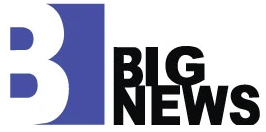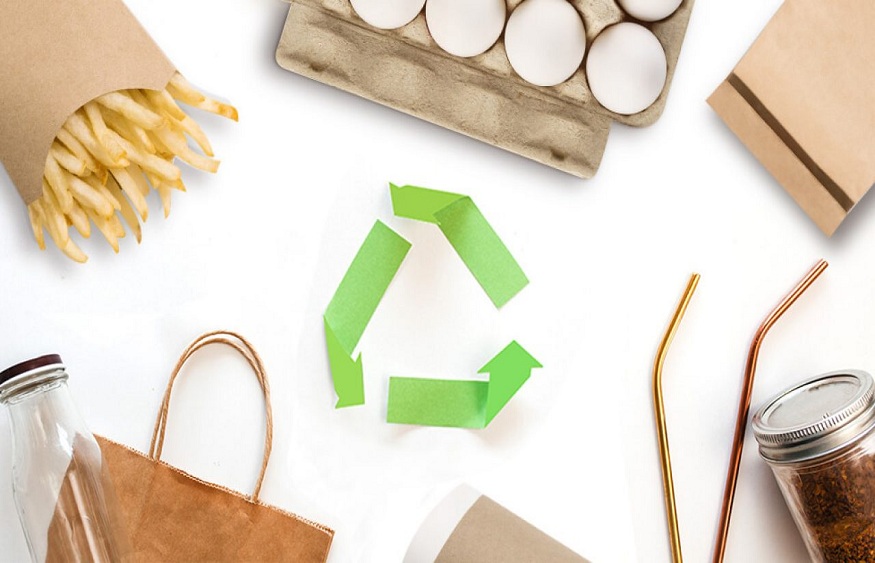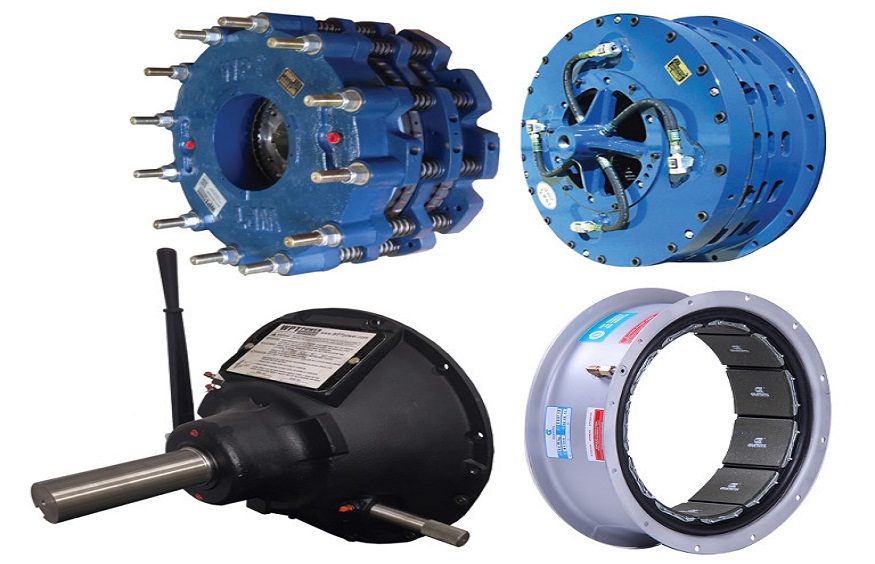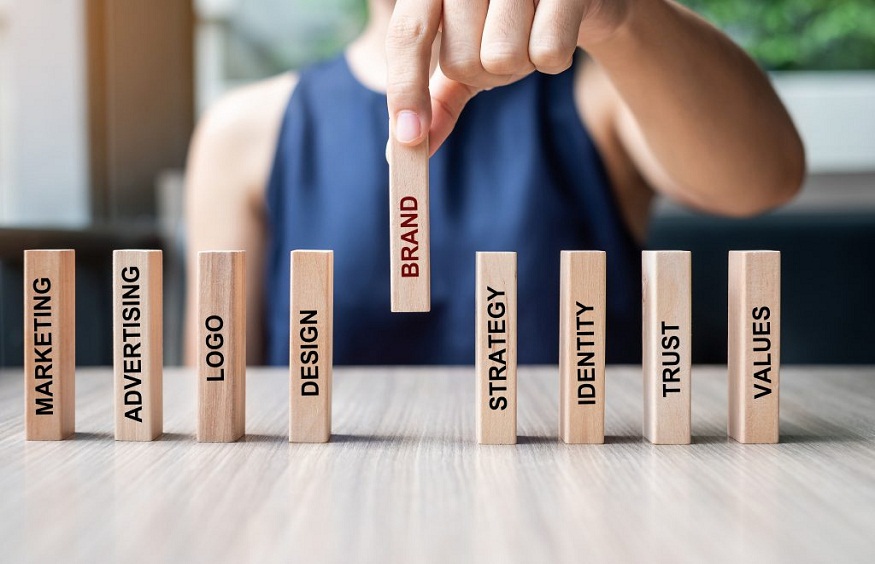Packaging is an essential aspect of marketing a product. It plays a crucial role in attracting customers and promoting a product’s image.
Packaging is not just a way to protect a product during shipping; it also serves as an effective marketing tool that can make or break a product’s success. In this article, we will explore how packaging promotes a product.
1. Attracting Attention
One of the primary functions of packaging is to grab the attention of potential customers. The packaging must be visually appealing, stand out on the shelves, and convey the brand’s message.
A well-designed package can create an emotional connection with the customer, sparking interest and curiosity.
For example, consider the packaging of a luxury chocolate brand. The packaging is typically designed in rich, deep colors, with elegant fonts and finishes such as foil stamping and embossing.
This packaging conveys a sense of luxury and indulgence, creating an aspirational image for the brand that attracts customers who are looking for a premium product.
2. Creating Brand Identity
Packaging is also an excellent tool for creating brand identity. The packaging should reflect the brand’s values, personality, and mission. This consistency helps to build brand recognition and loyalty.
For example, Coca-Cola’s packaging is instantly recognizable with its distinctive red color and the iconic logo.
The company’s packaging design has remained relatively unchanged for over 100 years, helping to create a strong and consistent brand identity that is instantly recognizable worldwide.
3. Providing Information
Packaging also serves as a platform to provide essential information to customers. This information can include ingredients, nutrition facts, usage instructions, and warnings.
Providing this information helps customers make informed decisions about the product they are considering purchasing.
For example, a skincare product’s packaging may include a list of ingredients that are all-natural, organic, or vegan.
This information can help customers who are looking for eco-friendly products that align with their values or are concerned about certain ingredients.
4. Differentiating from Competitors
In today’s crowded marketplace, standing out from the competition is essential. Packaging can help a product differentiate from its competitors.
A product’s packaging can be designed to showcase unique features, benefits, or values that make it stand out from the crowd.
For example, a company that produces eco-friendly cleaning products may use packaging made from recycled materials to demonstrate its commitment to sustainability.
This approach can help differentiate the company’s products from those of its competitors and attract environmentally conscious customers.
5. Influencing Purchasing Decisions
Packaging can influence purchasing decisions. A well-designed package can create an emotional connection with the customer and make the product more desirable.
Packaging can create a sense of anticipation and excitement, encouraging customers to make a purchase especially if it is environmental sustainability packaging.
For example, the packaging of a toy may include bright colors, playful designs, and images of children playing.
This packaging can create a sense of excitement and joy, making the toy more desirable to children and their parents.
6. Convenience and Practicality
Packaging also plays a crucial role in making a product more convenient and practical for customers to use.
Packaging can include features such as resealable closures, easy-open packaging, and single-serve portions that make the product more convenient and accessible for customers.
For example, the packaging of a snack food product may include resealable packaging that keeps the product fresh and allows customers to consume it over time.
This convenience factor can make the product more attractive to customers who are looking for easy-to-use products that fit into their busy lifestyles.
7. Emotional Appeal
Packaging can also create an emotional appeal for customers. This emotional connection can help create a positive association with the product and the brand, which can lead to increased customer loyalty and repeat purchases.
For example, a package for a baby product may include soft colors, cute images of babies, and calming designs that evoke feelings of warmth and nurturing.
This packaging can create an emotional connection with new parents, making them more likely to choose that product over its competitors.
8. Seasonal and Limited Editions
Packaging can also be used to promote seasonal and limited-edition products. For example, during the holiday season, food and beverage companies often release products with festive packaging that is designed to attract customers during the holiday season.
These limited-edition packages can create a sense of urgency among customers who may want to purchase the product before it’s gone.
9. Promotions and Marketing
Packaging can also be used to promote sales and marketing campaigns. For example, a package for a product may include a coupon or discount code that can be redeemed for future purchases.
This promotional aspect of packaging can encourage customers to purchase the product and also create an incentive for them to make repeat purchases.
10. Sustainability
In recent years, consumers have become increasingly concerned about the impact of packaging on the environment. As a result, sustainable products have become an important aspect of packaging design.
Brands that prioritize sustainability and use eco-friendly packaging materials can appeal to environmentally conscious consumers and differentiate themselves from competitors.
For example, a food product may use packaging made from recycled materials or be packaged in a way that reduces waste.
This sustainable packaging approach can help the brand attract consumers who are looking for products that align with their values and reduce their environmental impact.
11. Portability
Packaging can also make a product more portable, which can be particularly important for products that are intended for on-the-go use.
Packaging that is easy to carry and consume can make a product more convenient for consumers and increase its appeal.
For example, the packaging for a beverage product may include a lid or cap that can be easily opened and closed, making it easy to take on-the-go.
This convenience factor can make the product more attractive to consumers who are looking for products that are easy to use while they are out and about.
12. Shelf Life
Packaging can also help extend a product’s shelf life, which can be particularly important for perishable goods.
Packaging that is designed to keep products fresh and extend their shelf life can help reduce waste and improve the customer experience.
For example, the packaging for a fresh food product may include a seal that helps keep the product fresh and prevents it from spoiling.
This packaging feature can make the product more attractive to consumers who are looking for fresh, high-quality food products.
Final words
Packaging plays a crucial role in promoting a product. It helps attract attention, create brand identity, provide information, differentiate from competitors, influence purchasing decisions, provide convenience and practicality, create emotional appeal, promote seasonal and limited editions, and support promotions and marketing campaigns.
A well-designed package can create an emotional connection with the customer and drive sales, making it an essential aspect of marketing a product.



